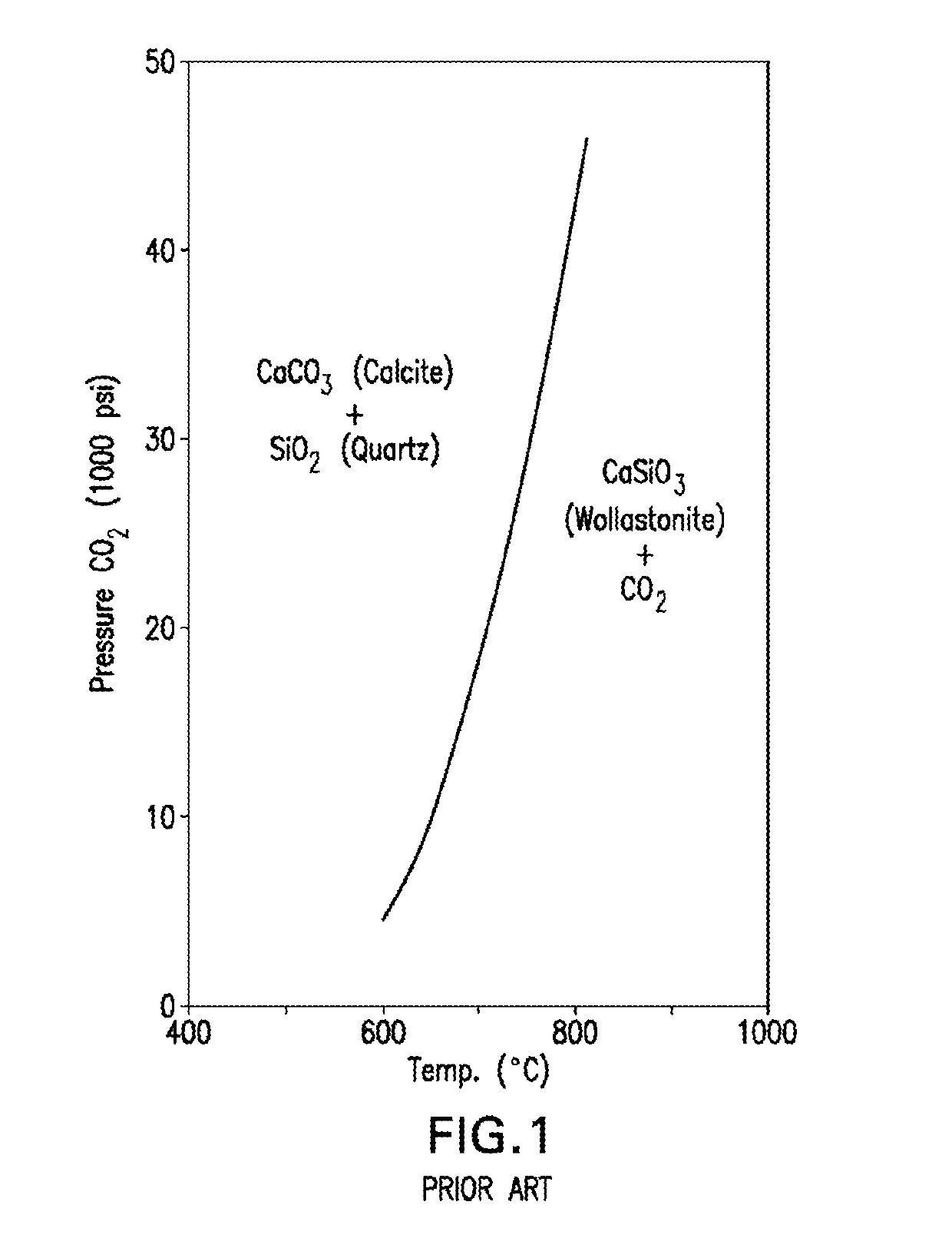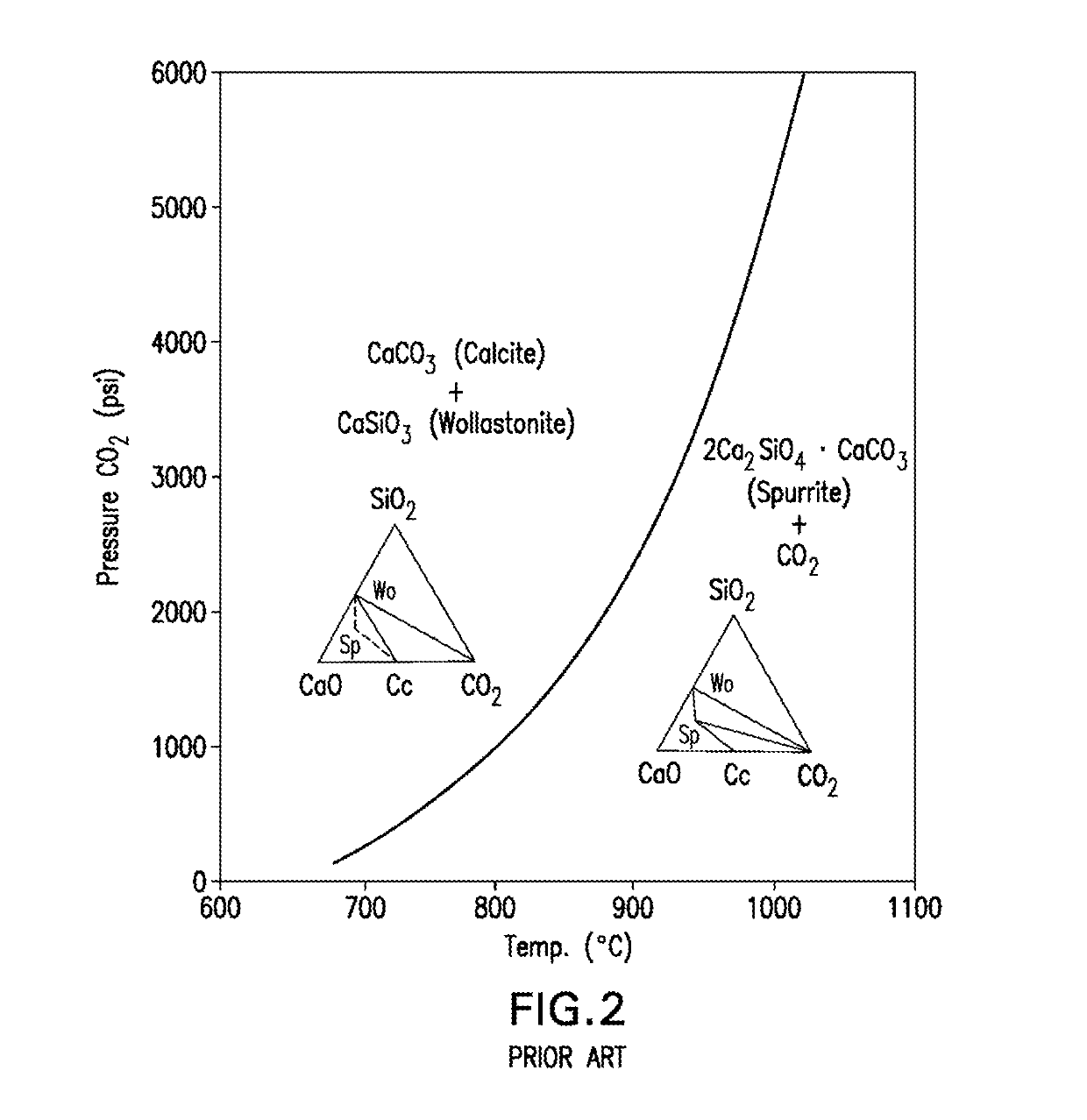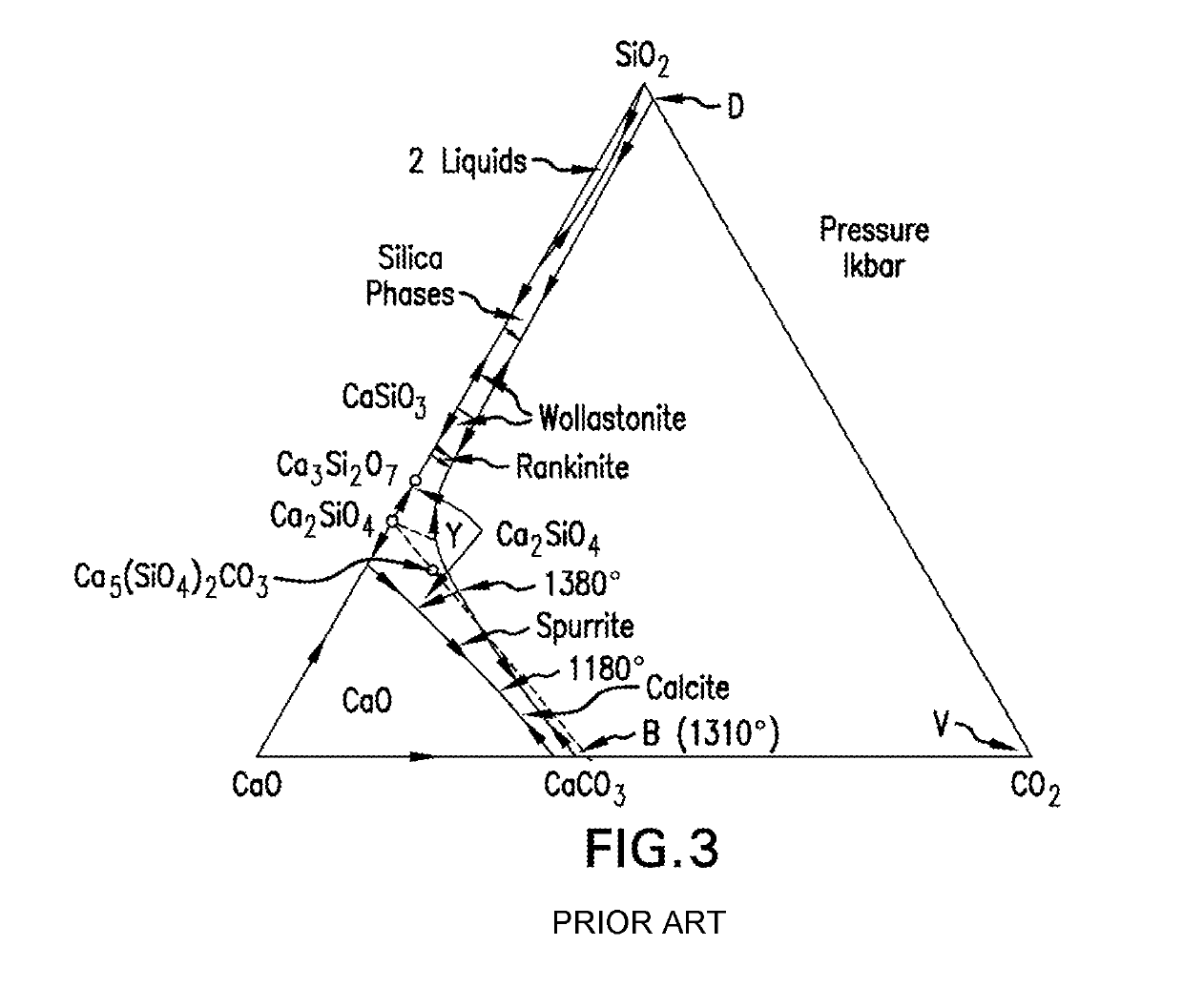Composite materials, methods of production and uses thereof
a composite material and material technology, applied in the direction of silicates, building components, moulds, etc., can solve the problems of unfavorable carbon footprint, unfavorable economic and environmental impact, and inability to achieve the desired appearance, texture, and material quality, and achieve excellent physical and environmental performance characteristics
- Summary
- Abstract
- Description
- Claims
- Application Information
AI Technical Summary
Benefits of technology
Problems solved by technology
Method used
Image
Examples
example 1
Curing System with Adjustable Spacing between Chamber Components
[0186]A curing system was fabricated wherein the spacing between product boards can be adjusted. Increasing or decreasing the spacing between the boards on which the discrete concrete objects were placed changes the size of the channel 101 formed between the top of the discrete concrete objects and the bottom of the board above the discrete concrete object. The size of this channel 101, governed by the gap between the boards and the dimensions of the discrete concrete objects, impact the velocity of the fluid traveling across the objects. For a constant volume of fluid flow between the boards, a smaller channel 101 increases the velocity and widening the channel 101 decreases the velocity.
[0187]Depending on the bonding element to filler ratio, water content, degree of compaction and dimensions of the uncured discrete concrete objects, a change in the velocity of fluid flow through the increased or decreased size of the ...
example 2
Curing System with Reversible Flow
[0191]A curing system was designed wherein the flow of the process gas is directed to channels between the discrete concrete objects as well as between discrete concrete objects and chamber components. The direction of flow in both the channels is reversible. In the envelopes or chambers capable of accommodating a plurality of discrete concrete objects arranged in an array as the fluid flows over these concrete objects. As the fluid flows over the plurality of the discrete objects, the conditions of the fluid, such as temperature, relative humidity or moisture content and velocity changes. After traversing a specific length, which is governed by the initial condition of the fluid, and properties of the plurality of discrete concrete objects, such as, bonding element to filler ratio, water content, degree of compaction and dimensions, the condition of the fluid in the channels between the chamber components and the channels between the discrete concr...
example 3
Curing a Hollow-Core Slab Using the Desorption Isotherm Method
Mixing
[0197]A Sicoma TO8 Series planetary mixer (model MP 250 / 375 WWWSW) was used for mixing the components of the concrete mix design. The planetary speed was 18.5 RPM. Filler material in the form of 293.8 kg of ¼″ Aggregate and 160.3 Kg of sand were dry-mixed for 90 seconds. Five Kg of water, 168 g of Glenium 7500 admixture (BASF) and 120 g of air entrainment admixture were added to the dry-mix and the combination mixed for an additional 90 seconds. Binder in the form of 80.1 Kg of Solidia cement (Solidia Technologies) (4% Pseudowollastonite, 19% Wollastonite, 13% Larnite, 2% Calcite and 62% amorphous oxides) was added to the wet material in the mixer along with an additional 16 Kg of water. The combination was mixed for an additional 90 seconds. The final moisture content of the mixture was found to be 3.68% as measured with a Sartorius MA100 moisture analyzer. A total of three such batches were transferred to an extru...
PUM
| Property | Measurement | Unit |
|---|---|---|
| temperature | aaaaa | aaaaa |
| compressive strength | aaaaa | aaaaa |
| water absorption | aaaaa | aaaaa |
Abstract
Description
Claims
Application Information
 Login to View More
Login to View More - R&D
- Intellectual Property
- Life Sciences
- Materials
- Tech Scout
- Unparalleled Data Quality
- Higher Quality Content
- 60% Fewer Hallucinations
Browse by: Latest US Patents, China's latest patents, Technical Efficacy Thesaurus, Application Domain, Technology Topic, Popular Technical Reports.
© 2025 PatSnap. All rights reserved.Legal|Privacy policy|Modern Slavery Act Transparency Statement|Sitemap|About US| Contact US: help@patsnap.com



